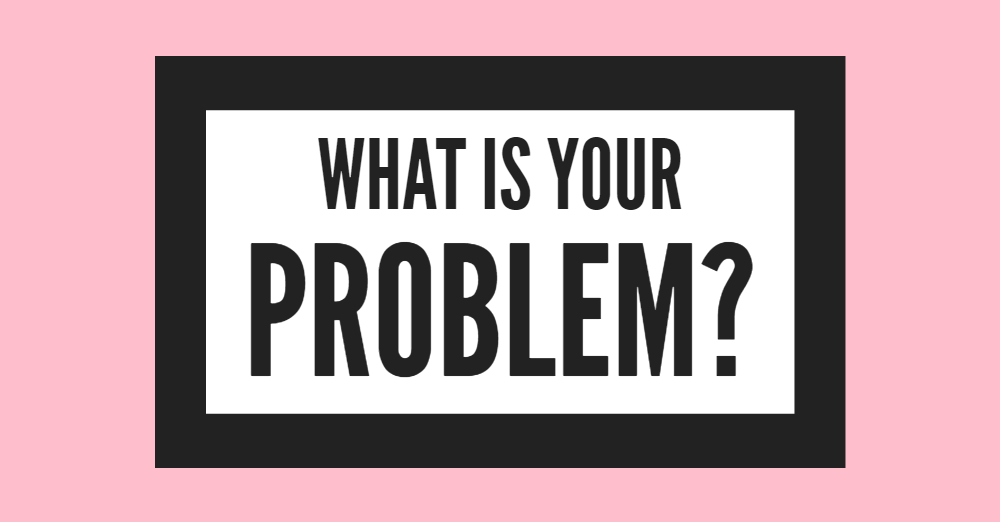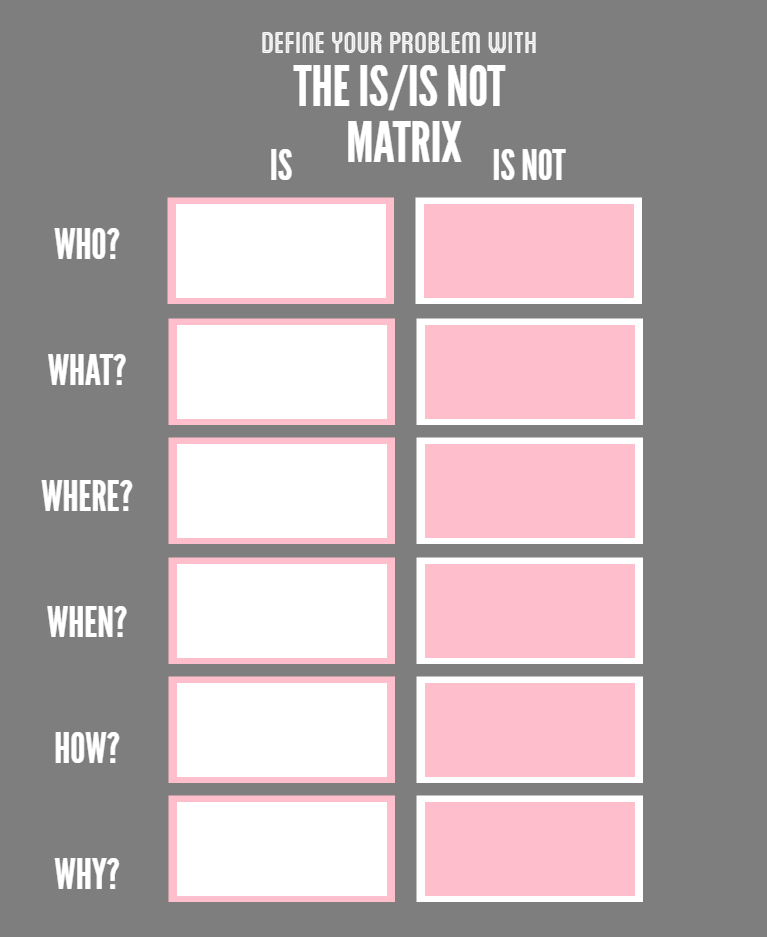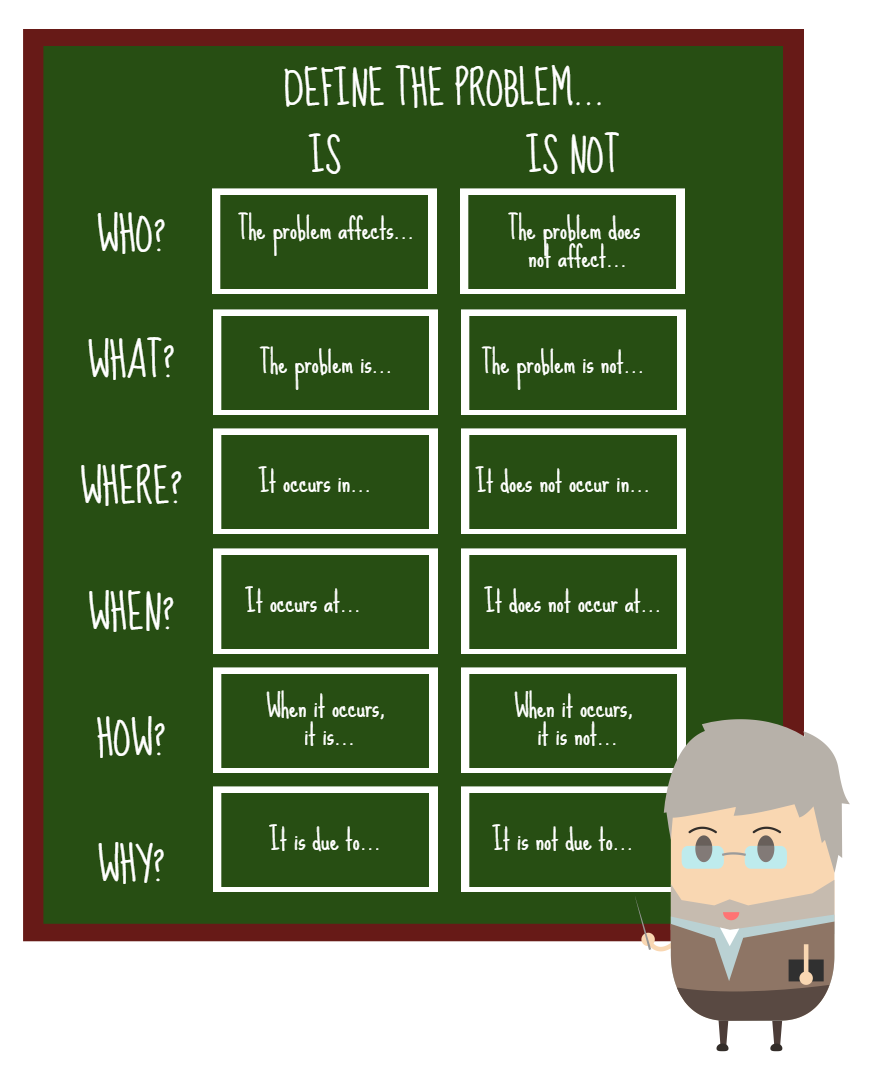- Sophie Main
- September 12th, 2016
In last week’s blog post, It’s all a Matter of Priorities, MBB Mike Titchen discussed the importance of selecting the correct problem for your project to solve – a priority project that successfully gains and sustains support and motivation. So now you know why you must ensure your project is designed to solve a real problem, you may be left you wondering how you actually find the real, critical problem in the first place.
Taking an introspective look at your own processes with a critical eye and sifting through all the issues that need solving can be a difficult task. People may be set in their ways and in denial of any problems at all, or only aware of those within their own department. More often than not, there are several overlapping problems, ranging in size and consequence, making it seem almost impossible to prioritise.
But, as we know, it must be done, and we often describe this part of the process as turning a mess into a difficulty.
Fortunately, as this is such a critical step in almost all Business Improvement methods, there are numerous tools and techniques designed specifically to help define the problem, from old-school classics like Brainstorming, to Lean favourites such as The Five Whys. One of the most simple but effective of these tools is the IS/IS NOT model.
The IS/IS NOT model is as easy as it looks – all you need is a flip chart, a pen, and your team.
How does it work?
The IS/IS NOT table will help you to instantly simplify the complicated process of defining the problem, dividing it into several sets of bitesize questions. Starting from the first row, we question ‘Who?’. So, who is the problem affecting, and then who is the problem not affecting? Once complete, we then move down to the following row, and ask ‘What?’. We ask what the problem is, and what the problem is not, and so on. Working your way through the table, row by row, your primary problem will begin to form.
Getting the most out of the model
To get the most out of this model, it is important to involve as many people as possible; the more diverse the team you collect, the more effective the outcome. The result will be an agreed, succinct problem that matters to a wide range of individuals and, as we’ve previously said, if the project matters to people then it will be prioritised. What’s more, as the IS/IS NOT table is such a collaborative activity, it is a great way to kick start your improvement initiative as a team!
As with all Lean Six Sigma tools, the best results come with practice and so we recommend you try the model out a few times before applying it to your organisation. Why not use it to help you define the next home improvement project to tackle, or practice with colleagues by using it to identify smaller office issues?
Feel free to share your experiences using your new problem defining tool by leaving a comment below. If you are interested in adding even more tools to your belt, click the button below to take our FREE introduction to Lean Six Sigma.




